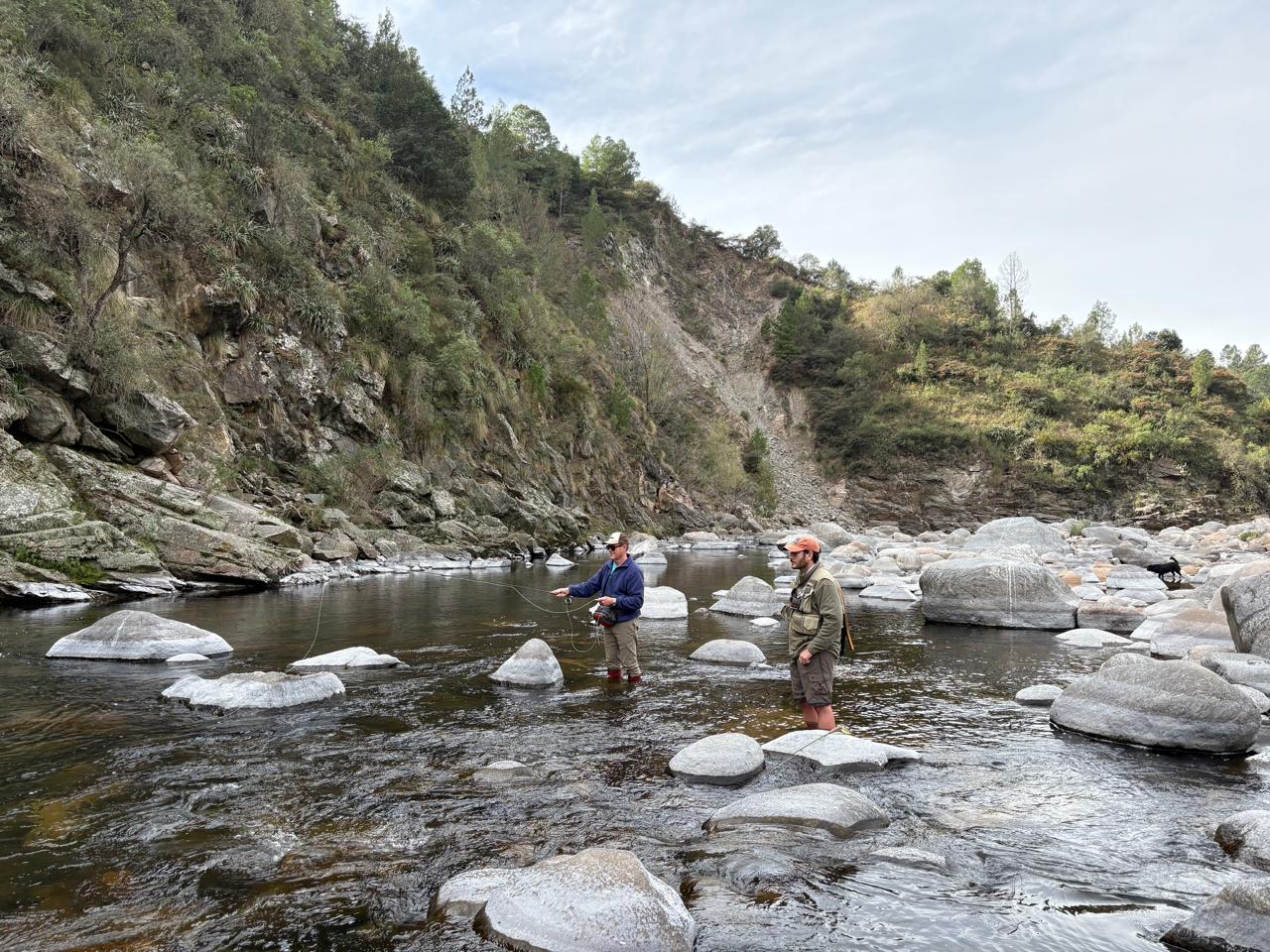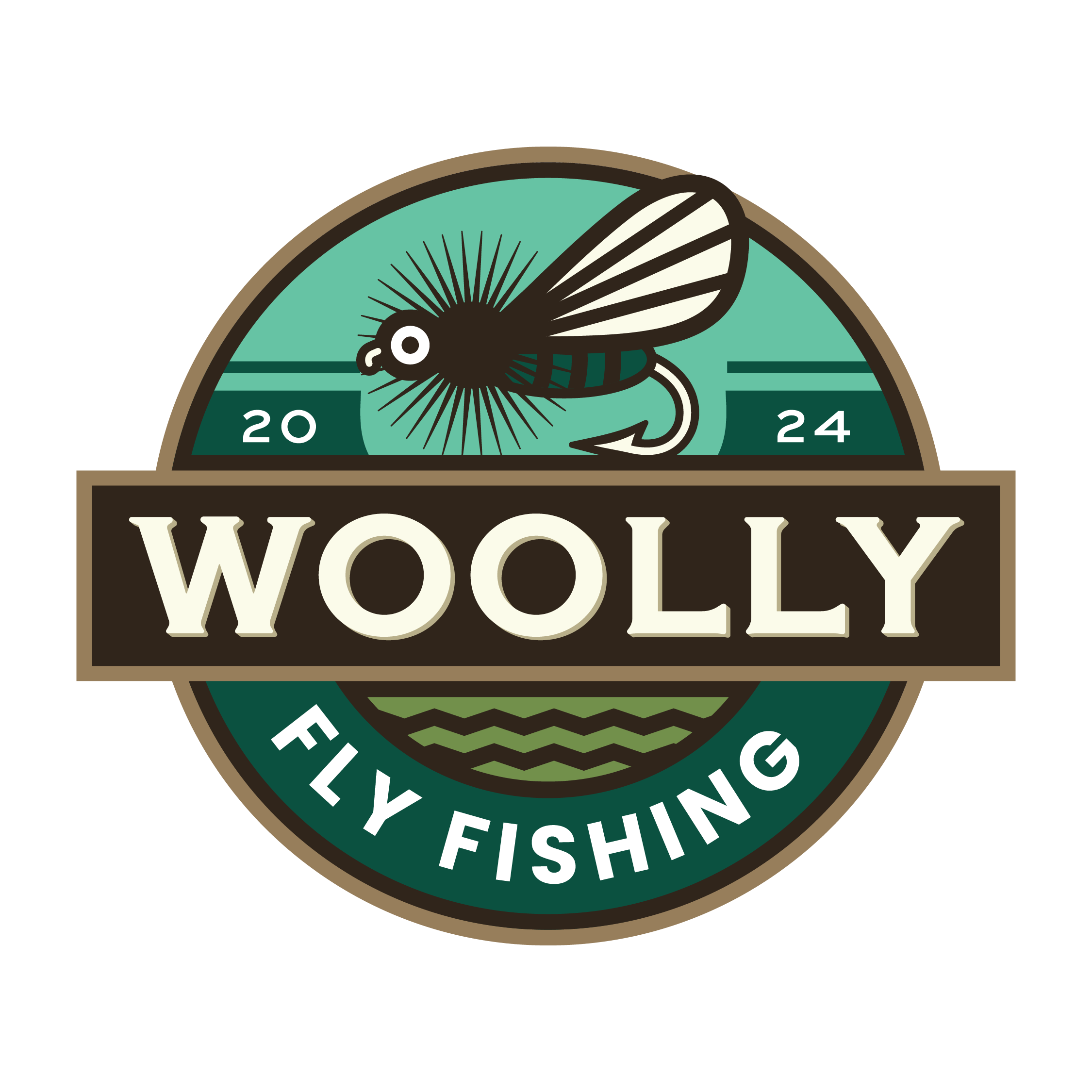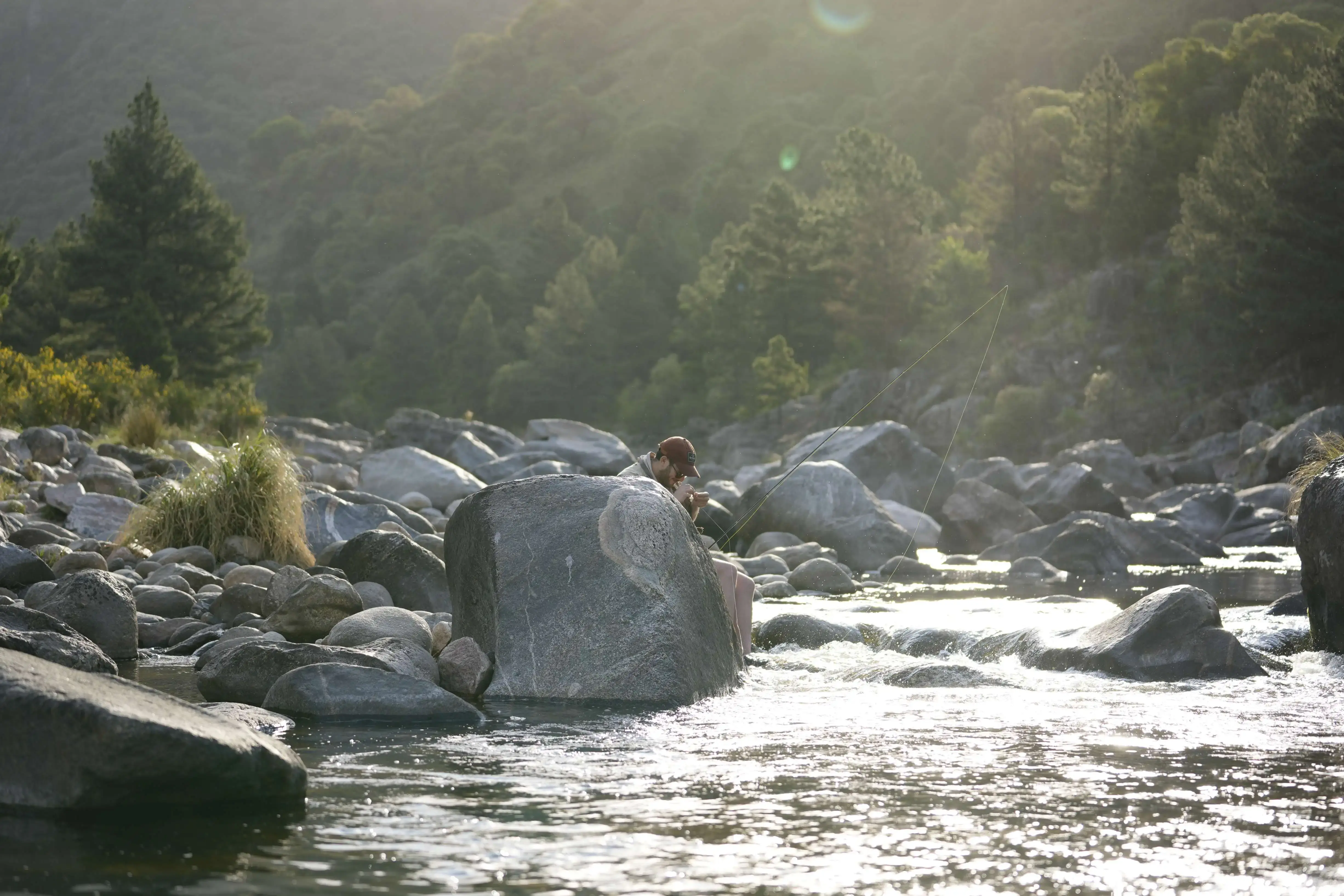Patience & Persistence: When a Cold Snap Tests a Fly Fishing Angler
Patience, Pattern-Reading & Persistence: A Cold Snap Fly Fishing Challenge
(Suggested hero image: an angler standing waist-deep in a river under gray skies, casting into swirling water)
In the fly fishing world, some days feel like poetry: you step on to the riverbank, conditions align, trout rise readily, and every cast carries promise. But then nature reminds you who’s boss. At Woolly Fly Fishing, we’ve seen both sides—and in this article, I want to share a story that underscores three fundamental lessons every fly angler must absorb: patience, the art of reading the river, and relentless persistence.
The First Day: When the River Winks
One of our early guests of the season arrived just as conditions were peaking. The first day was magical. Air temperatures hovered near 32 °C, insect hatches were underway, and the trout were eager. We fished with a mix of jaricir patterns, small nymphs just below the surface, and a few soft emergers, and caught continuously throughout the stretch. Every drift, every presentation worked. We smiled, we celebrated, we soaked it in—this is what fly fishing feels like at its finest.
On that day, every move we made seemed right. But of course, that’s the calm before the storm.

The Cold Snap Hits: Biology & Behavior in Flux
That evening, the forecast changed dramatically. A cold front invaded the region. The next morning, the air temperature dropped from ~32 °C down to near 3 °C. Just like that. The river lost energy, insect activity waned, and trout behavior shifted.
In trout physiology and ecology, rapid temperature changes trigger behavioral responses. Cold-water fishes are ectotherms, so their metabolism, feeding rate, and activity levels depend heavily on ambient temperature. Studies show that trout have limited thermal tolerance windows, and temperatures outside their optimal range reduce growth, feeding, and movement.
One paper on behavioral thermoregulation in freshwater fish notes that ectotherms often seek microhabitats (e.g. slower pools, deeper water, sunlit edges) to buffer against extremes. PMC Another study on thermal limits for trout suggests that upper tolerances fall sharply over time, meaning periods of unideal temperature will further suppress activity. OUP Academic
In short: when the cold snap hit, the trout “turned off.” The same flies, the same drifts, the same water—nothing produced.
The Second Day: Testing All Variables
%20(1).jpg?width=2996&height=1507&name=IMG_3721%20(1)%20(1).jpg)
On day two, we approached the river with the same optimism—but found a very different beast. Conditions were tough: cold, windy, insect life minimal. For hours, blank. We tried everything:
-
Different fly families (small emergers, soft nymphs, midwater dries)
-
Varied sizes (down-sizing, upping the size)
-
Changed depths (fishing deeper or shallower)
-
Altered retrieval speed and drift control
-
Moved to new pools, new riffles, new runs
But nothing. Not a trace. It was humbling.
Yet what sets Woolly Fly Fishing apart is that we never give up. With 8 kilometers of river at our disposal, we methodically shifted sectors. We probed sheltered pockets, sunlit seams, runs protected from wind.
Eventually, we returned to a stretch we’d fished earlier—this time under different assumptions. It was partially sheltered (less wind), had early sun warming the water a little, and held structure. There, we spotted a trout tucked under a rock seam.
We tied on a very small fly, rigged with an indicator, and cast upstream. By controlling the drift and diagnosing the proper sink rate, we matched the subtle current lines. Finally, a take. And she was big—a large female rainbow trout, one of the finest we’d landed in recent times.
.jpg?width=3998&height=2998&name=IMG_2868%20(2).jpg)
This result didn’t come from luck. It came from patience, reading the water, intuition—and refusing to say “I tried everything.”
The Lessons: Patience, River Reading, and Persistence
This case study illustrates three pillars of elite fly fishing:
-
Patience
On a day with no activity, it’s tempting to bail or surrender to discouragement. Yet fish don’t always play by your schedule. Sometimes you must wait for the moment—read when the drift slows, shift your retrieve gently, linger. -
Reading the River
The trout pulled into microzones less affected by thermal shock: flatter seams, sun-heated edges, less turbulent spots. Recognizing how water flow, light, and shelter shift with weather is essential. The river is a puzzle; every day gives new clues. -
Relentless Persistence
We changed flies, we changed spots, we reoriented our strategy—never stopping. That same ethos is core to Woolly Fly Fishing: we don’t abandon the fight. We chase possibilities until the last light or until we find a break.
More Than a Catch
At Woolly Fly Fishing, our mission goes beyond landing fish. We want anglers to learn these rhythms: how a trout perceives cold, how you must shift, and how the river demands humility. That day, despite nearly everything working against us, we landed a trophy that felt earned.
We tell this story because every angler will face a cold snap fly fishing challenge at some point. If you fish with us, know this: we will be there, thinking, adjusting, pursuing, until we find the trout. Because for us, giving up is never an option—and that’s what lets those unforgettable moments happen.


%20(2).jpg?width=630&name=WhatsApp%20Image%202025-08-24%20at%2015.49.01%20(1)%20(2).jpg)